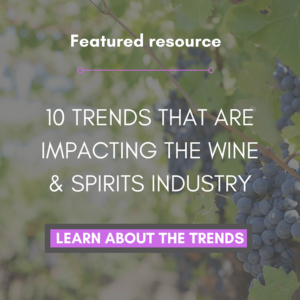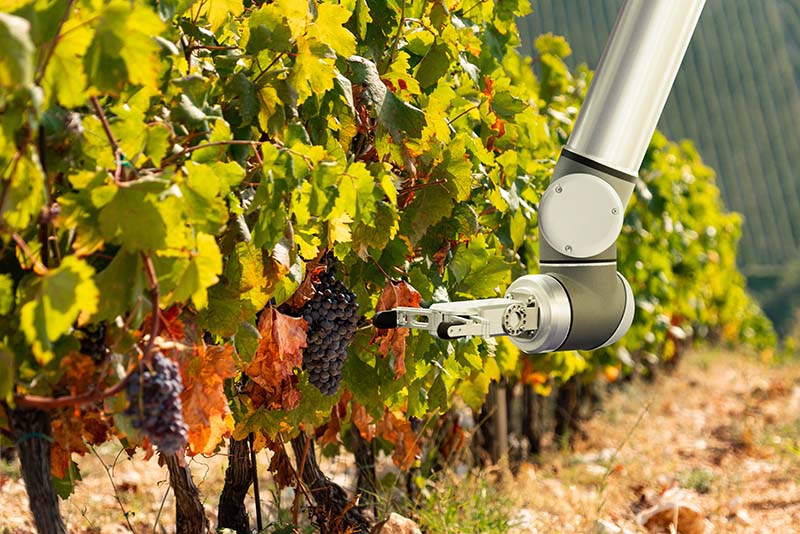States like Texas are slowly becoming award-winning locations for winemaking. While one might associate the Lone Star State with tumbleweeds and dry weather, winemakers are using data to learn lessons that help make hardier vintages there.
Technology helps aspiring winemakers to plant their vines in new places across the United States.
States such as Michigan have seen their wine industry grow 34% in the past five years, with an economic impact on the state of over $4.9 billion.
There’s a lot of work to be done in these regions when unexpected weather changes such as frost can come at any minute. Technology can help predict the changes, which lowers labor costs, and potentially saves the wines from disaster.
Emerging wine regions in the United States
The esteemed Napa and Sonoma Valleys in California propelled the United States into wine-making fame, and until recently, wine-lovers who sipped vintages from any other states might have turned their noses up at it.
But with expanding technology and shifting weather patterns, wine makers are able to cultivate stronger vintages in new places. Areas that previously couldn’t support certain vintages are now able to because of the warming weather.
Unsurprisingly, California remains the state with the most wineries, followed by Washington State, Oregon and New York. But after them comes a handful of states that might surprise the average wine drinker: Virginia, Texas, Pennsylvania, Ohio, Michigan, and Missouri.
These states experiment with different grapes in different soils, and then can even adjust the acidity and alcohol during the winemaking process if necessary.
Thanks to tech
Winemakers now have access to a variety of technological solutions that can help them make better wine, whether it’s knowing the temperature in the barrels or tracking weather patterns. Depending on where the vineyard is located, winemakers may choose different types of technology to help their vineyard.
 Vineyards in states like California that are regularly ravaged by wildfires used to have to worry about smoke ruining entire crops of grapes with its acrid flavor. Now, technology exists that can distill those unpleasant flavors out of the wine.
Vineyards in states like California that are regularly ravaged by wildfires used to have to worry about smoke ruining entire crops of grapes with its acrid flavor. Now, technology exists that can distill those unpleasant flavors out of the wine.
For states such as Texas with dry climates, technology enables better irrigation management. Wineries can identify which plants need more water through the use of drones to reduce water waste.
Technology also helps these regions that are subject to unpredictable weather patterns and temperatures know the exact time to pick grapes to make the best wine.
“For winemaking, you need a percentage of the fruit to be dead – that’s what produces the different aromas and flavours,” Dr. Sigfredo Fuentes, a plant physiologist and agronomist at the University of Melbourne explained on the University’s website. “We now know the level of cell death needed for particular wines.”
Dr Fuentes and his team use handheld devices that measure a grape’s cell death using near-infrared wavelengths. Then, using machine learning algorithms data is produced for the winemaker to know when it’s time to pick.
What wineries can do to use technology in new regions
If you’re looking to open a winery in a new state, start by researching the best grapes that can grow in the soil in that state and the typical weather patterns.
Next, invest in some of the technology available to help make the best vintage. While the technology is an upfront investment, choosing the right systems to help you make the wine will increase the flavor profile and in the long run help increase sales.
Depending on the region, winemakers can choose the technology that’s best for them to make strong vintages, from states you never previously expected.
- 87% of Utilities Have Experienced at Least One Data Breach in Last Three Years - February 5, 2024
- Can Drones Lower Your Next Utility Bill? - January 10, 2024
- Onshore Wind Farms Are The Next Big Thing In Renewable Energy - December 6, 2023




